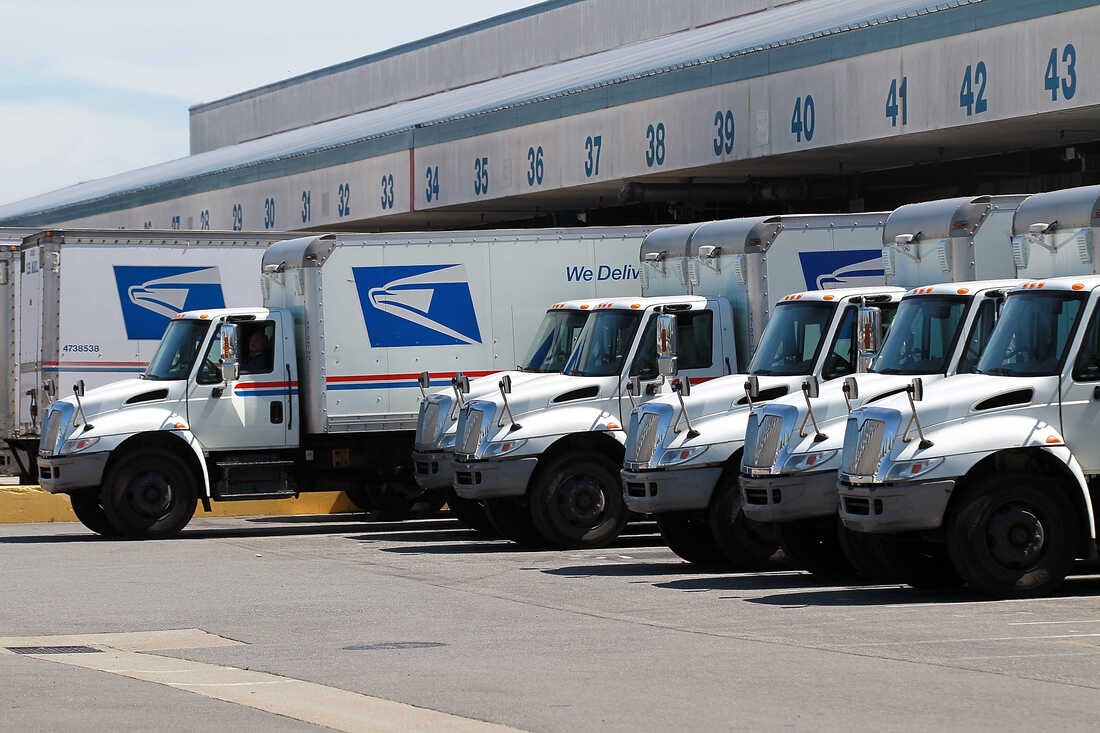In the advanced world of coatings and paints, the polymer at the core of a product defines its performance, longevity, and application process. The choice of polymer doesn’t just affect how the paint looks—it dictates its resilience against environmental elements, heat, moisture, and chemicals. From sleek automotive finishes to industrial machinery protection, polymer coatings drive innovation across sectors. This article unpacks the diverse landscape of paint polymers, diving into the key differences between thermoplastic and thermoset coatings, the allure of powder coatings, and the fast-paced efficiency of hot melt applications.
The Divide: Thermoplastic vs. Thermoset Coatings
At the heart of polymer coating technology lies a fundamental division: thermoplastic vs. thermoset coatings. This distinction governs not only the durability of the finish but also its application, reusability, and response to environmental stress.
Thermoplastic Coatings: Re-meltable and Flexible
Thermoplastic coatings are defined by their ability to soften when heated and harden as they cool—a process that can be repeated without degrading the material. This unique characteristic makes thermoplastics highly versatile, allowing for re-molding or re-coating as needed.
- Applications: Automotive underbodies, pipelines, hand tools, and industrial machinery benefit from thermoplastic coatings due to their flexibility and resistance to impact and corrosion.
- Advantages: Thermoplastic coatings create smooth, durable finishes that withstand abrasion, chemicals, and harsh environmental conditions. They are often applied in powder form, melted onto the substrate, and cured to form a resilient layer.
- Eco-Friendly Bonus: Thermoplastics are recyclable, aligning with sustainability initiatives across industries.
Thermoset Coatings: Permanent and Resilient
When cured, thermoset coatings form cross-linked polymers that cannot be melted again. This hardening process produces an ultra-tough surface capable of withstanding extreme heat, chemicals, and wear over time.
- Applications: Ideal for high-stress environments such as automotive engine components, heavy-duty machinery, and aerospace parts.
- Advantages: Thermoset coatings offer unparalleled durability, maintaining structural integrity even under intense heat and pressure. Once cured, they form a stable, protective barrier that resists chipping, cracking, and corrosion.
- Industry Impact: Their exceptional performance makes them a preferred choice for environments where long-term protection and performance are non-negotiable.
Powder Coatings: The Gold Standard in Durability
Powder coatings are a cornerstone of thermoplastic applications, offering a solvent-free, environmentally friendly solution for achieving flawless finishes. Applied electrostatically, the dry powder adheres to a grounded object before being baked to fuse into a smooth, resilient coating.
- Applications: Powder coatings dominate industries ranging from automotive and appliances to outdoor furniture and architectural elements.
- Benefits: Resistant to chipping, scratching, and fading, powder coatings extend product lifespan while minimizing maintenance. Their solvent-free nature reduces VOC emissions, contributing to a greener production process.
- Customization: Available in a spectrum of colors and finishes, powder coatings allow manufacturers to achieve decorative and functional results in one streamlined process.
Hot Melt Coatings: Speed Meets Strength
Hot melt coatings introduce a different dynamic, applied in molten form and solidifying almost instantly upon contact with the substrate. Unlike thermoplastics, hot melts don’t require post-application heating.
- Applications: Packaging, automotive adhesives, and electronics manufacturing frequently utilize hot melt coatings for their quick-drying properties.
- Advantages: Fast-curing and highly adhesive, hot melts streamline production processes, making them indispensable in industries demanding high-speed applications.
- Efficiency Boost: With no drying time required, production lines can operate at maximum efficiency, reducing downtime and boosting output.
Comparative Analysis: Choosing the Right Polymer for the Job
| Feature | Thermoplastic Coatings | Thermoset Coatings | Powder Coatings | Hot Melt Applications |
| Reusability | Re-meltable and re-formable | Permanent, cannot be re-formed | Re-meltable during application | Solidifies immediately, no re-melting |
| Durability | High but slightly less than thermoset | Extremely durable, heat and chemical resistant | Excellent scratch and fade resistance | Moderate, but excels in adhesion |
| Application Speed | Moderate | Longer curing process | Fast (one-step process) | Instant curing |
| Eco-Friendliness | Recyclable, minimal waste | Stable, but difficult to recycle | Low VOC, solvent-free | Low VOC, solvent-free |
| Cost Efficiency | Cost-effective for mass production | Higher cost, but long-term savings | Lower material loss, reduced labor | Cost-effective for high-speed manufacturing |
Conclusion: The Right Polymer for the Right Project
The different paint polymer types each offer distinct advantages, making them essential for various industrial applications. Thermoplastics are known for their flexibility and reusability, thermosets provide exceptional durability, powder coatings stand out as eco-friendly and high-performing options, while hot melts are ideal for quick and efficient processes in dynamic settings.
By understanding the nuances between thermoplastic vs. thermoset coatings, as well as the expanding capabilities of powder and hot melt applications, businesses can make informed decisions that optimize performance, reduce costs, and support sustainability goals.
For a deeper dive into advanced coating technologies, explore resources at Coatingsdirectory, where innovation meets industry expertise.










